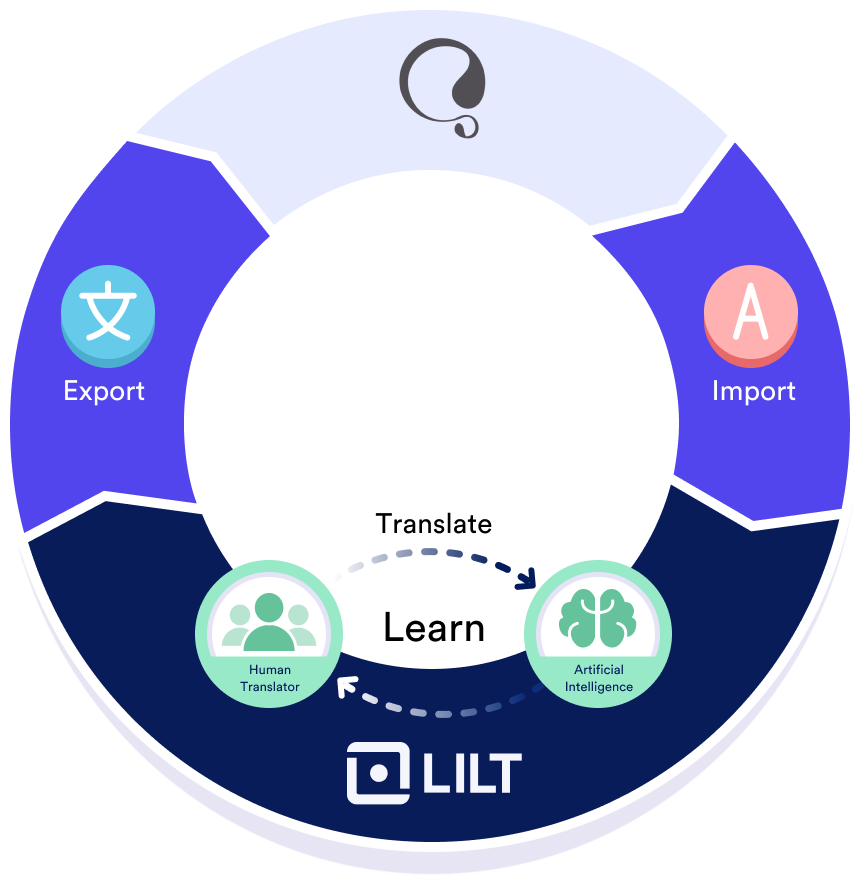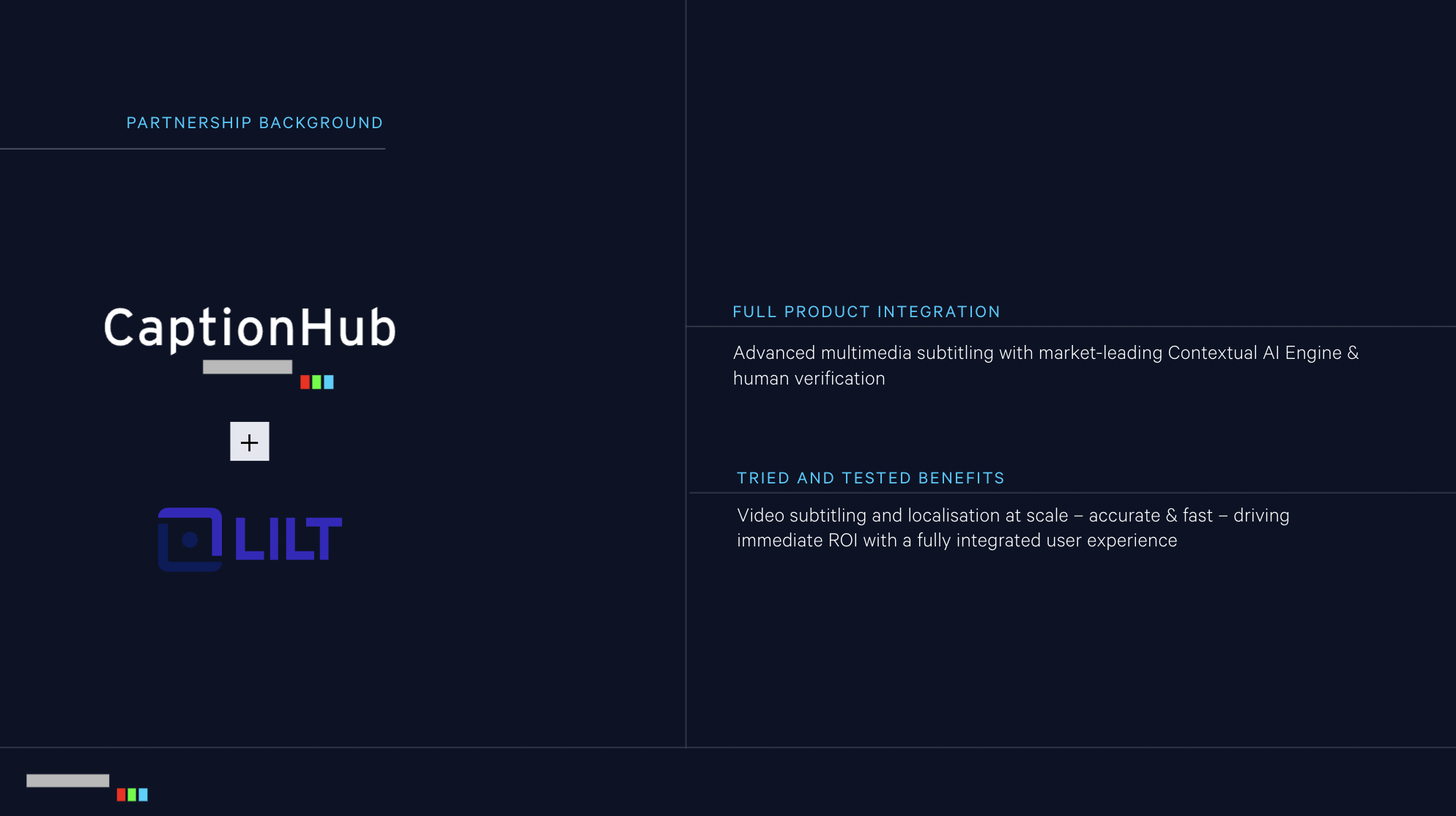A New Approach to Localization: Webinar Recap

Localization processes have been, for the most part, unchanged for the last two decades. Companies have relied on expensive in-house human translators or have gone the route of utilizing machine translation. But the question that many localization leaders are starting to ask themselves is: is there another way to localize?
In our recent webinar, Paula Shannon, Chief Evangelist at Lilt, and Loïc Dufresne de Virel, Head of Localization at Intel, discussed a new, rethought approach to localization. The conversation focused on a few important points: risk-taking, innovation, differentiation, and a need for leaders to think ahead.
Building a Culture of Risk-Taking
Loïc started the conversation with the simple statement that there hasn’t been much risk-taking in localization over the years. “We want things to be stable and we want things to be predictable,” said Loïc. “And whenever you bring in new resources, there is risk that you have to manage.”
At Intel, Loïc attributes the culture of risk-taking to three factors: environment, company, and personality. The team operates in an environment where the status quo isn’t good enough, so the team is working to try to improve productivity every year. The company itself inspires and encourages innovation and risk-taking, as it’s necessary to help the company continue as a leader in its field. Finally, the personalities involved are always looking to learn more and do a better job than they’re currently doing, which ultimately leads to a team of risk-takers.
But in localization, there has been a lack of innovation and risk-taking for decades. While the move from statistical to neural machine translation has been a big (and welcome) change, the underlying localization process hasn’t changed very much. Catastrophic translation, a translation that would cause a lot of damage to any company that publishes it, is still a big fear that hasn’t subsided with improvements in machine translation software.
So how can the industry push the boundaries and move forward? In her recent Forbes article, Michele Fabrizi points out that it’s important to get people at every level comfortable with innovating. It’s a process that can take time, but often can help push a company forward. And if those companies are looking forward and seeing the “new way”, things will eventually start to improve.
Looking Towards Human-in-the-Loop
To push forward with the new approach to localization, Loïc and his localization team at Intel have tried to work more with machine translation over the years. And while machine translation plus post-editing (MTPE) has been a mainstay in the industry for years, the efficiency and productivity gains are minimal.
"The 'post' is the problem. [MTPE] is fixing what's already broken - you are given a translation that may have issues and you fix it," said Loïc. "With the Lilt model, translators start with a blank slate where the MT engine works in the background with them. It helps the translators be more efficient."
That’s why Intel is looking to a human-in-the-loop approach to localization as a key to innovation and success. This new approach to localization allows translators to drive the work while the machine translation engine assists and provides predictive feedback. As the translator uses the CAT tool and works with the MT engine, they both become more efficient as time passes. What you’re left with is are larger, more consistent improvements in productivity for both the translator and the MT engine.
"Getting direct input from the translators removes the issue of having to retrain an MT engine - I really don't need to worry about that anymore," Loïc said. "Since you use it every day to translate content, Lilt's model allows the engine to organically train itself. It really becomes a much simpler process."
But while they knew the outcome of this new approach would be worth it, Loïc and his team also understood that a switch wouldn’t be simple. There are important questions to consider: what kind of integrations and connectors are there? How will translators be involved? How does content flow from one system to another? If you can gather a checklist of questions to answer, it can make the transition a lot smoother from the start.
Ultimately, there is a new approach to localization. If companies are willing to modernize and make a change, that new approach can improve localization overall and drive sustainable innovation and efficiency.
• • •
To hear more of Loïc’s thoughts about localization, human-in-the-loop translation, making the switch to working with Lilt, and more, watch the full webinar here.
If you’re thinking about localizing your content to expand globally, be sure to request a live demo of the Lilt platform today and chat with an expert to see how Lilt's translation services can improve your efforts.


